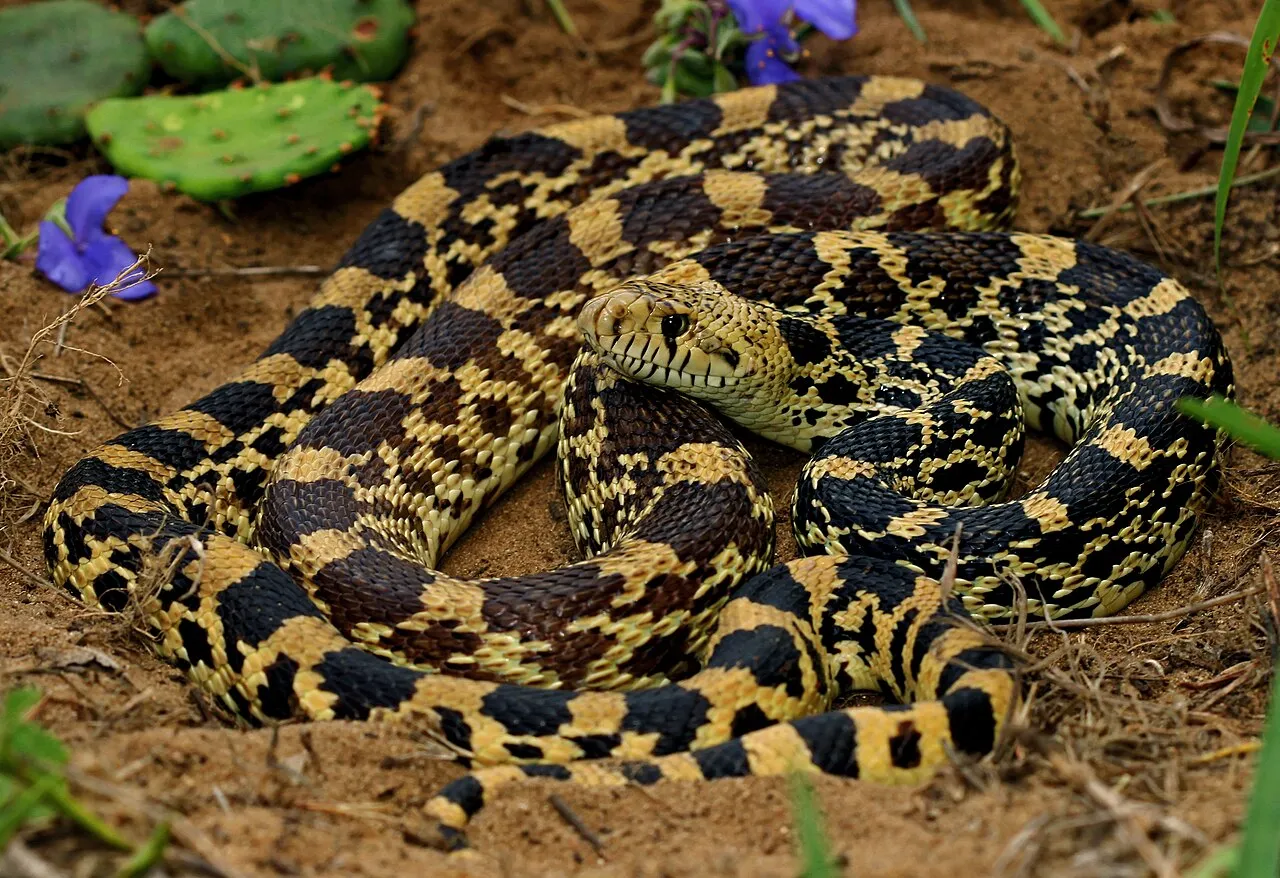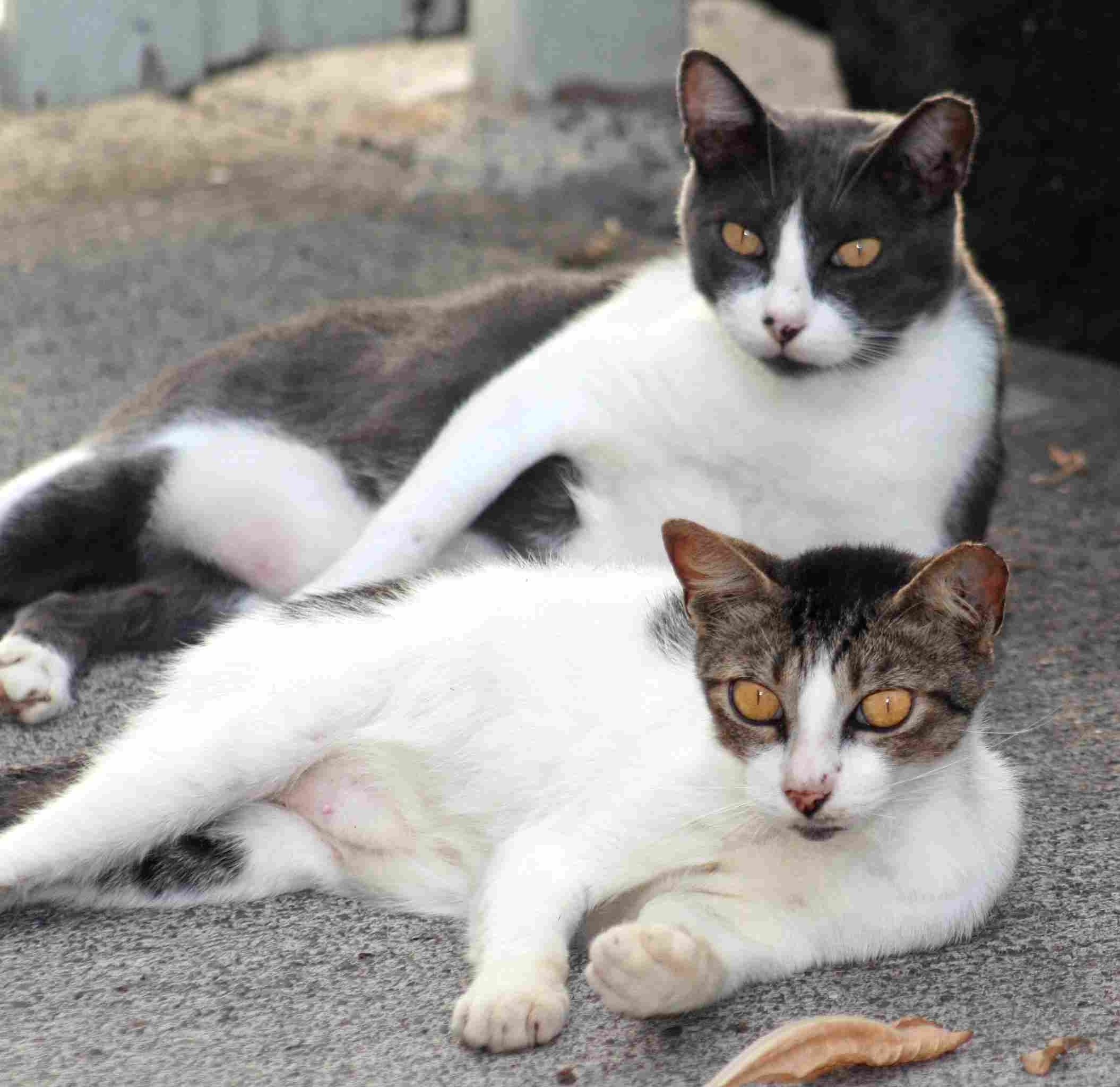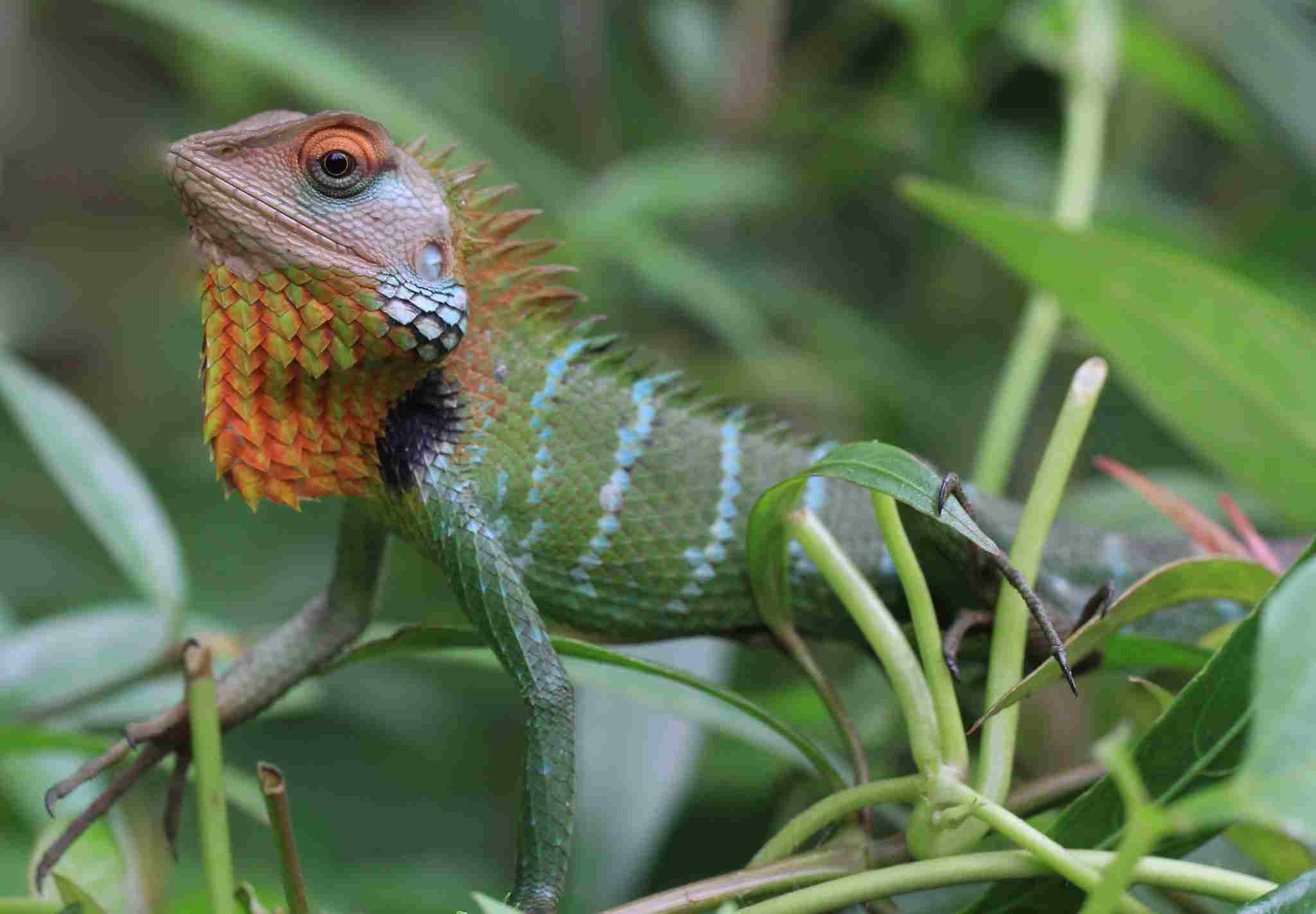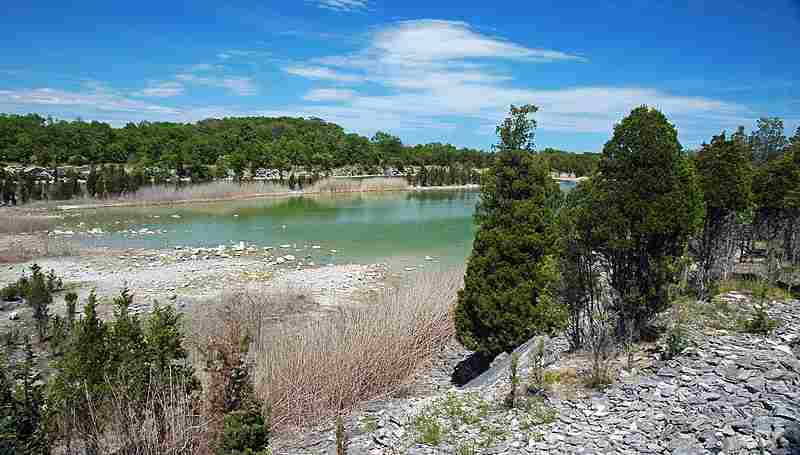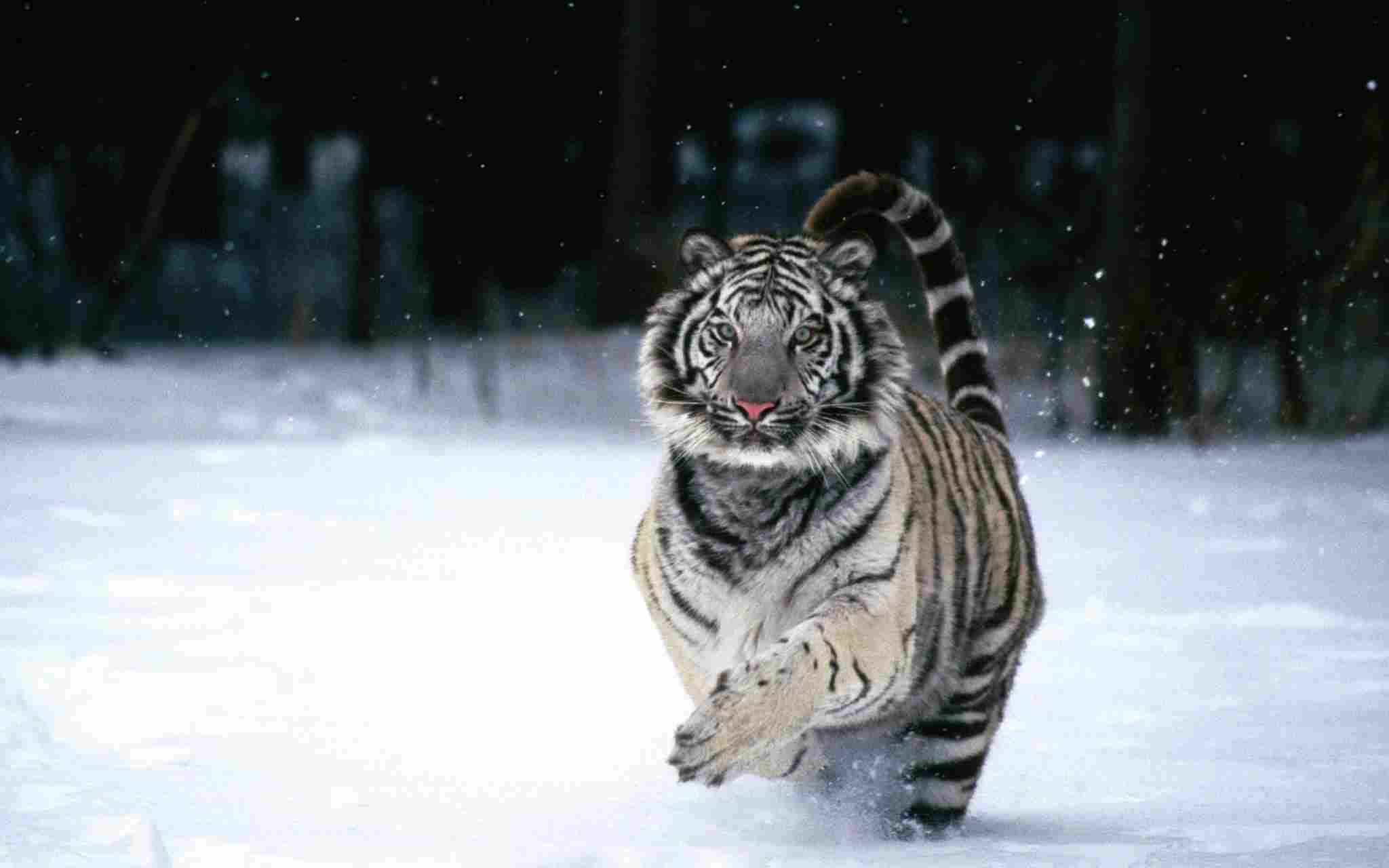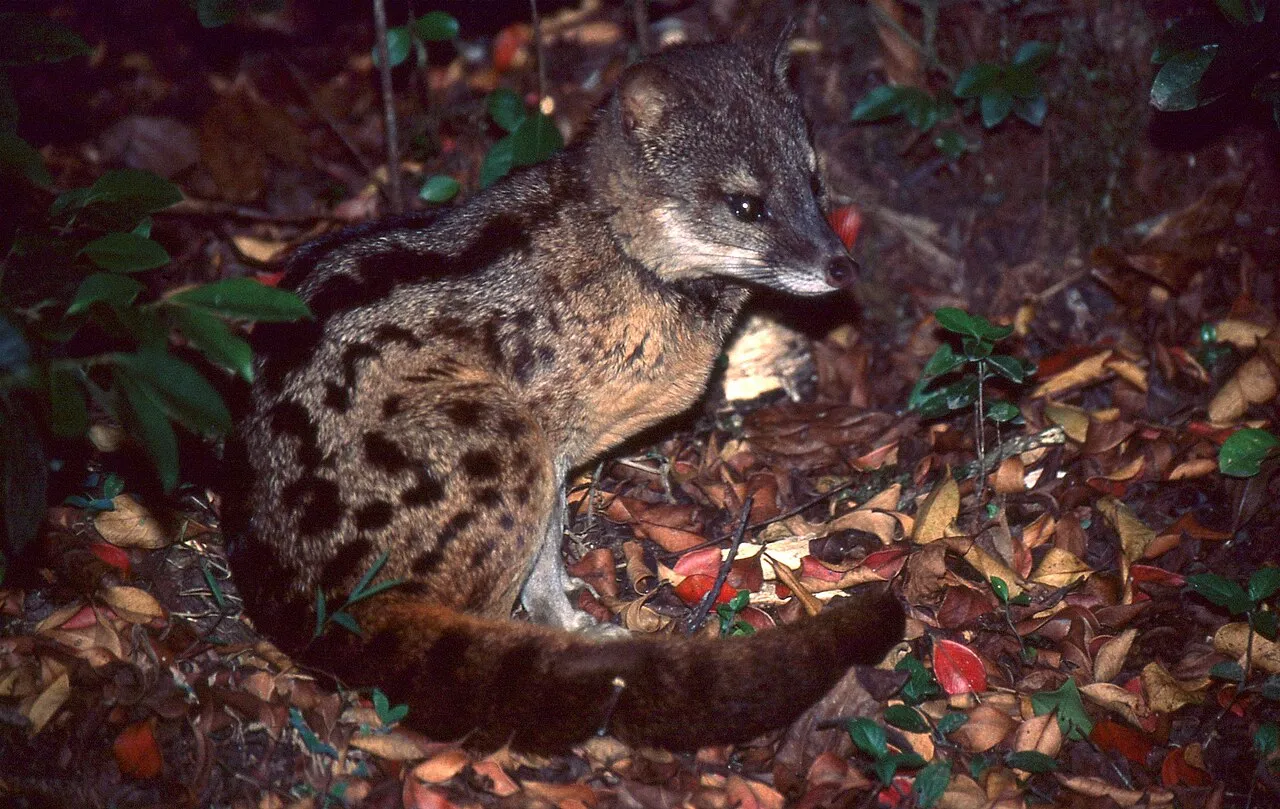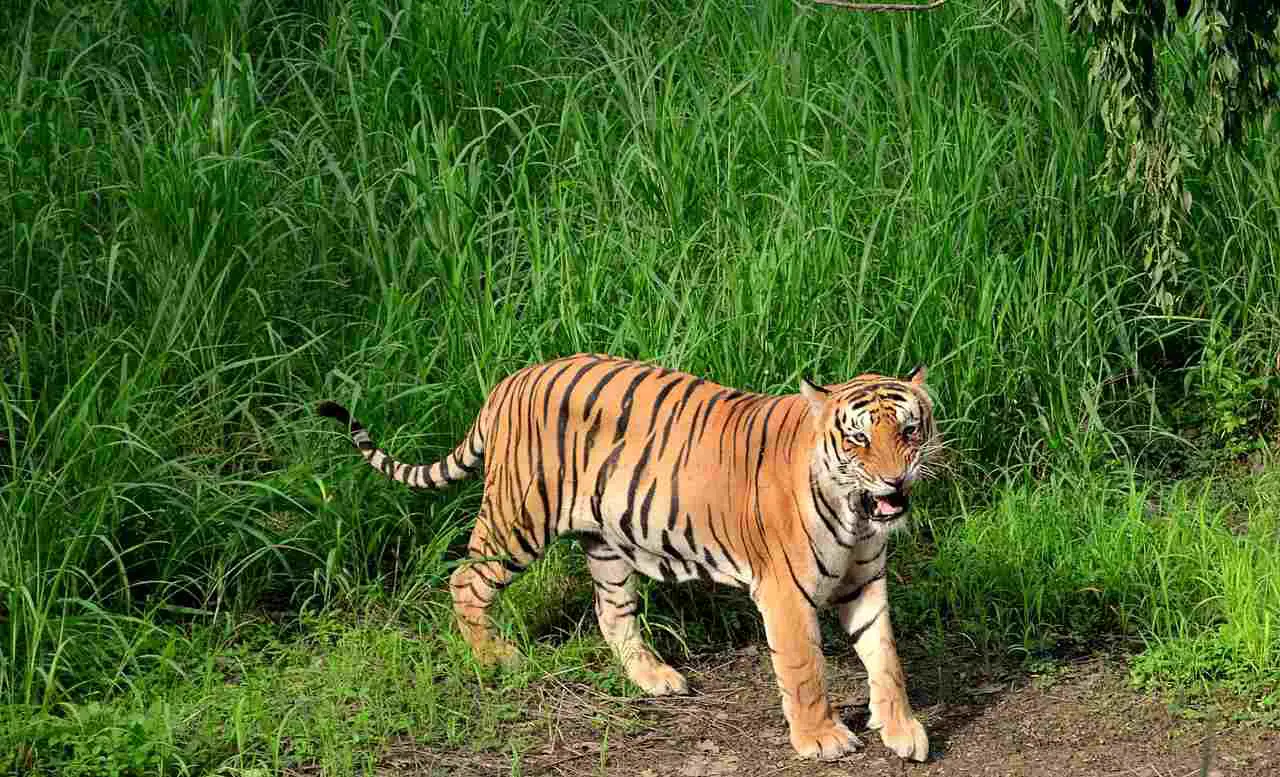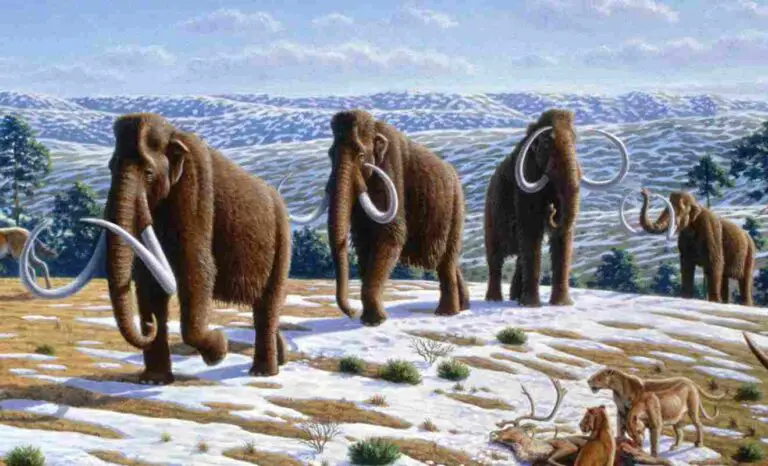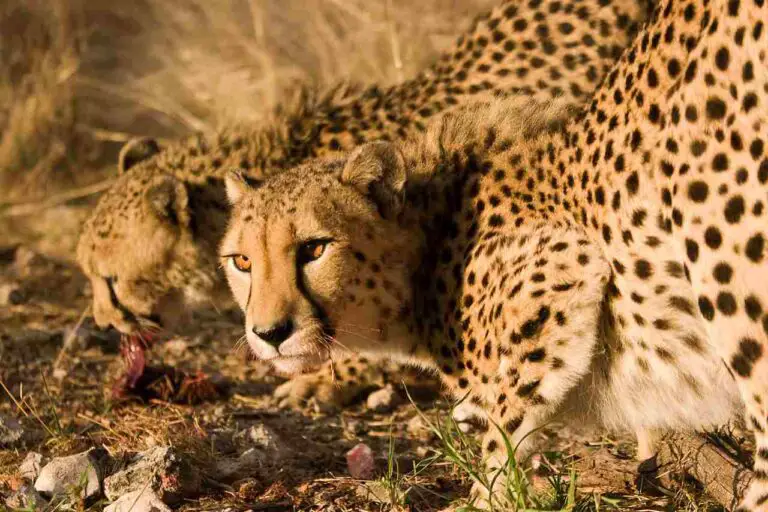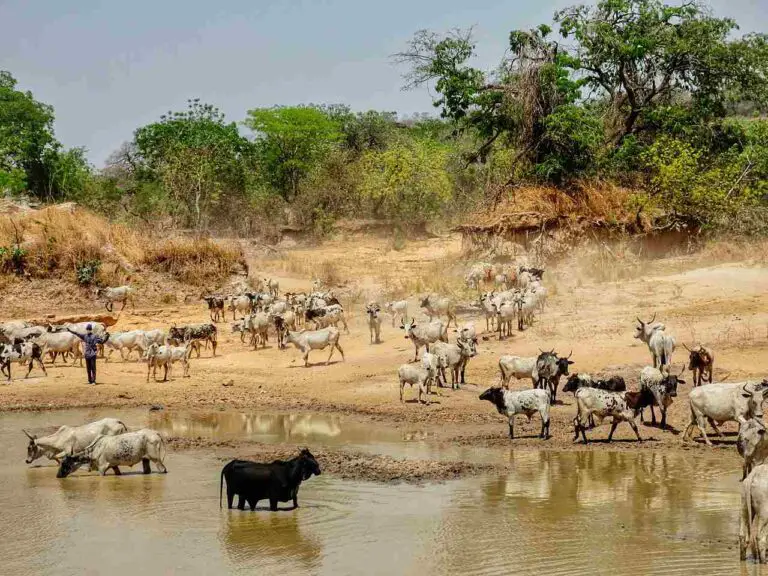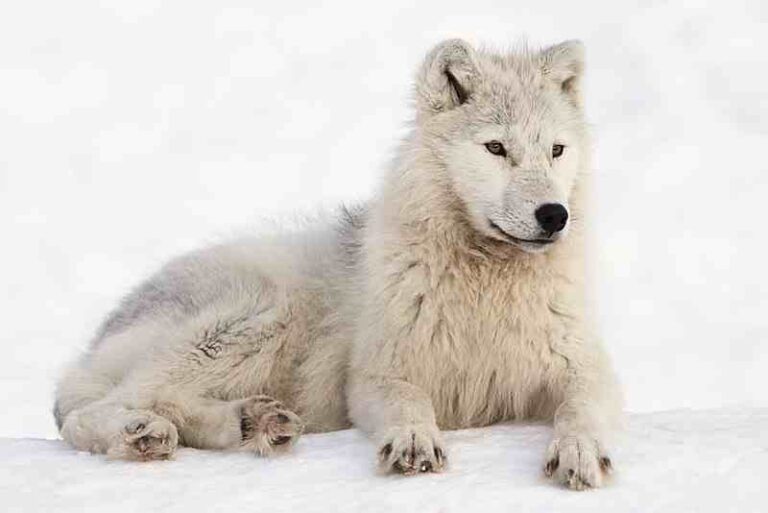11+ Predators In Puerto Rico And Their Characteristics
Examples of predators in Puerto Rico are the Spectacled Caiman, Tiger Shark, Lizard, Assassin Bug, and Spider. These predators play key roles in controlling various populations and maintaining ecosystem balance. However, invasive species like Lionfish and Feral Cats pose risks to native wildlife and require careful management. Conservation efforts aim to preserve native species while minimizing the impact of invasive predators.
1. Spectacled Caiman
The Spectacled Caiman (Caiman crocodilus) is a common predator found in Puerto Rico’s wetlands, rivers, and lakes. Named for the bony ridge between its eyes resembling spectacles, this reptile is adaptable and can thrive in a variety of freshwater habitats. It preys on fish, amphibians, birds, and small mammals, using its powerful jaws and ambush tactics to capture food. The caiman’s diet can vary depending on its age and size, with juveniles eating mostly insects and crustaceans, while adults focus on larger prey.
In Puerto Rico, the Spectacled Caiman is considered an invasive species, originally introduced as an exotic pet or through human activity. Although they generally avoid human contact, their presence can pose risks to local wildlife and ecosystems, as they compete with native predators for resources. Conservation efforts aim to manage caiman populations to minimize ecological disruption, balancing the need to protect native species with public safety concerns.
2. Tiger Shark
The Tiger Shark (Galeocerdo cuvier) is a formidable predator in the coastal waters around Puerto Rico. Known for its striped pattern, which fades as it matures, this shark is an apex predator with a reputation for being indiscriminate in its feeding habits. Tiger Sharks are known to eat fish, sea turtles, marine birds, and even garbage that ends up in the ocean. Their powerful jaws and serrated teeth allow them to tackle a wide variety of prey, making them a crucial component of the marine ecosystem.
Despite their fearsome reputation, Tiger Sharks play an important role in maintaining the balance of the ocean’s food web by controlling the populations of other marine species. In Puerto Rico, they are generally found in deeper waters but can venture into shallower areas, especially during migration or when following prey. Conservationists work to protect these sharks from overfishing and bycatch, recognizing their importance in the broader marine environment.
3. Lizard
Lizards are common predators in Puerto Rico, with a wide range of species inhabiting the island. From the vibrant green Iguanas to the smaller Anolis lizards, these reptiles play a key role in controlling insect populations and other small prey. Lizards are highly adaptable, living in various habitats, from forests to urban areas, where they thrive in warm temperatures and lush vegetation. Their diet typically consists of insects, spiders, and other invertebrates, but larger species like the Iguana can also consume plant material.
In Puerto Rico, the presence of non-native lizards like the Green Iguana has led to ecological concerns. These invasive species can outcompete native lizards and cause damage to crops and vegetation. While native lizards contribute positively to the ecosystem by helping to control pests, the impact of invasive lizards has led to efforts to manage and control their populations. Conservationists work to preserve the native species while addressing the challenges posed by the invasive ones.
4. Assassin Bug
Assassin Bugs are a group of predatory insects found in Puerto Rico, known for their stealthy hunting techniques and sharp proboscis, which they use to inject venom into their prey. These bugs primarily feed on other insects, like flies, mosquitoes, and caterpillars, making them important for controlling pest populations. Assassin Bugs are adept at ambush tactics, often lying in wait for their prey before striking quickly and efficiently. Their unique feeding mechanism allows them to subdue prey much larger than themselves.
While Assassin Bugs are beneficial for controlling pests, some species can pose risks to humans. The most notable is the kissing bug, a type of Assassin Bug that can transmit Chagas disease through its bite. In Puerto Rico, efforts to monitor and control these bugs are crucial for public health and safety. Despite their potential dangers, Assassin Bugs are an important part of the island’s ecosystem, contributing to the balance of insect populations.
5. Spider
Spiders are widespread across Puerto Rico, with a variety of species inhabiting forests, grasslands, and urban areas. These arachnids play a vital role in controlling insect populations, preying on flies, mosquitoes, and other small invertebrates. Puerto Rico is home to a diverse range of spiders, from orb-weavers that create intricate webs to trap their prey, to jumping spiders known for their agility and excellent vision. Spiders contribute to the island’s ecosystem by helping maintain the balance of insect life.
While most spiders in Puerto Rico are harmless to humans, some, like the Brown Recluse, can deliver venomous bites that require medical attention. Despite this, spiders are generally not aggressive toward humans and tend to avoid contact. Efforts to educate the public about the benefits of spiders can help reduce fear and promote coexistence. Conservationists emphasize the importance of spiders in maintaining a healthy ecosystem and advocate for their protection against habitat loss and unnecessary extermination.
6. Hawk
Hawks are predatory birds found throughout Puerto Rico, known for their keen eyesight, powerful talons, and sharp beaks. These birds of prey are important for controlling populations of rodents, small mammals, and other birds. In Puerto Rico, the Red-tailed Hawk (Buteo jamaicensis) is a common sight, often seen soaring over forests and open landscapes in search of prey. Hawks are apex predators in their habitats, contributing to the balance of the food web by regulating populations of smaller animals.
In Puerto Rico, hawks are an important symbol of the island’s biodiversity and play a role in local folklore and culture. However, they face threats from habitat loss and human encroachment. Conservation efforts aim to protect hawks and their habitats, recognizing their role in the ecosystem and their cultural significance. Birdwatchers and naturalists often track hawk populations to monitor their health and advocate for their protection, emphasizing the importance of preserving these majestic predators for future generations.
7. Eagle
Eagles are among the most majestic predators found in Puerto Rico, known for their impressive wingspan, keen eyesight, and formidable hunting skills. Although Puerto Rico doesn’t have native eagles like the Bald Eagle or Golden Eagle, it is visited by these magnificent birds during migration. Eagles are apex predators in their ecosystems, capable of preying on fish, small mammals, and even other birds. Their presence is a sign of a healthy environment, as they require large territories and abundant food sources to thrive.
In Puerto Rico, migrating eagles contribute to the diversity of the island’s avian population. Birdwatchers and naturalists often seek them out during the appropriate seasons, hoping to catch a glimpse of these powerful birds in flight. Eagles face threats from habitat destruction and environmental changes, which can disrupt their migration patterns. Conservationists work to protect these birds by preserving their habitats and minimizing human interference, ensuring that they can continue to visit and contribute to the island’s biodiversity.
8. Centipede
Centipedes are predatory arthropods found throughout Puerto Rico, known for their many legs and venomous bites. These creatures are highly adaptable, thriving in various environments, from forests to urban areas. Centipedes are nocturnal predators, using their speed and venom to hunt insects, spiders, and even small reptiles or mammals. Their venomous bite allows them to subdue prey quickly, and they play an important role in controlling other pest populations.
While centipedes can be beneficial for their pest control abilities, some species in Puerto Rico can pose a danger to humans due to their venom. The Giant Centipede (Scolopendra gigantea), for example, has a painful bite that can cause swelling and discomfort. Despite their potentially threatening nature, centipedes contribute to the balance of the island’s ecosystems. Efforts to manage human-centipede encounters focus on education and safety, emphasizing their ecological role while minimizing risks to people.
9. Snake
Puerto Rico is home to a variety of snakes, which serve as important predators in the island’s ecosystems. These reptiles range from small, harmless species to larger, more aggressive ones. Common species include the Puerto Rican Racer (Borikenophis portoricensis) and the Puerto Rican Boa (Epicrates inornatus). Snakes primarily feed on rodents, birds, and other small animals, helping control pest populations and contributing to the balance of the food web.
Despite their ecological importance, snakes in Puerto Rico are often misunderstood and feared. Some species are threatened by habitat loss and human activity, leading to a decline in their populations. Conservationists work to protect these reptiles by educating the public about their role in the ecosystem and advocating for the preservation of their habitats. By fostering a greater understanding of snakes, these efforts aim to reduce unwarranted fear and promote coexistence between humans and these valuable predators.
10. Lionfish
Lionfish (Pterois volitans) are invasive predators in Puerto Rico’s marine environments, known for their striking appearance and venomous spines. These fish were introduced to the Caribbean through the aquarium trade and have since spread rapidly, causing significant disruption to local ecosystems. Lionfish are voracious predators, feeding on a wide variety of smaller fish and invertebrates, which can lead to the decline of native species and imbalance in the food web.
Efforts to control lionfish populations in Puerto Rico are ongoing, as their presence poses a threat to biodiversity and the health of coral reefs. Divers and fishermen often organize lionfish removal campaigns, aiming to reduce their numbers and minimize their impact on native species. Despite their invasive status, lionfish are a popular target for sport fishing and culinary use, which helps to promote their removal. By managing lionfish populations, conservationists hope to protect the island’s marine ecosystems and restore balance to the underwater environment.
11. Heron
Herons are graceful wading birds found throughout Puerto Rico, known for their long legs and sharp beaks. These birds inhabit wetlands, mangroves, and coastal areas, where they hunt for fish, amphibians, and other small aquatic prey. The Great Blue Heron (Ardea herodias) and the Green Heron (Butorides virescens) are common species on the island, often seen standing motionless in shallow waters before striking swiftly to catch their prey. Herons contribute to the health of wetlands by helping control fish and amphibian populations.
In Puerto Rico, herons are an important part of the island’s avian diversity and are often a key indicator of wetland health. Conservation efforts focus on preserving their habitats and ensuring they have access to clean water and abundant food sources. Birdwatchers and naturalists often seek out herons, as they are a common sight in many of Puerto Rico’s natural areas. Despite their relatively stable populations, herons face threats from habitat loss and pollution, emphasizing the need for ongoing conservation efforts.
12. Feral Cat
Feral cats are a significant problem in Puerto Rico, where they act as invasive predators that can threaten native wildlife. These cats are descendants of domesticated cats that have reverted to a wild state, often forming colonies in urban areas, forests, and coastal regions. Feral cats are efficient hunters, preying on birds, reptiles, and small mammals. Their presence can lead to the decline of native species, particularly ground-nesting birds and other vulnerable wildlife.
Efforts to manage feral cat populations in Puerto Rico focus on humane control methods, such as trap-neuter-return (TNR) programs, to reduce their impact on the environment. Conservationists work to balance the need for cat population control with animal welfare concerns, recognizing that these cats are part of the island’s complex ecosystem. Public education and community involvement are crucial for addressing the feral cat issue, promoting responsible pet ownership, and minimizing the impact of feral cats on Puerto Rico’s native species.
*Summary
-
Spectacled Caiman: Invasive reptile in Puerto Rico; preys on fish, birds, and small mammals; poses risks to local wildlife.
-
Tiger Shark: Apex predator in coastal waters; feeds on various marine life; contributes to the marine ecosystem’s balance.
-
Lizard: Common predator; controls insect populations; presence of invasive species like Green Iguana raises ecological concerns.
-
Assassin Bug: Predatory insect; controls other insects; some species, like the kissing bug, can transmit diseases.
-
Spider: Wide variety of species; controls insect populations; some can be venomous, like the Brown Recluse.
-
Hawk: Predatory bird; preys on rodents, small mammals, and other birds; faces threats from habitat loss.
-
Eagle: Migratory; apex predator; plays an important role in maintaining the ecosystem’s balance; threatened by habitat loss.
-
Centipede: Predatory arthropod; uses venom to hunt insects; Giant Centipede can be dangerous to humans.
-
Snake: Variety of species; preys on rodents and birds; often misunderstood and feared; some species are threatened.
-
Lionfish: Invasive predator in marine environments; feeds on smaller fish; impacts local biodiversity.
-
Heron: Wading bird; preys on fish and amphibians; contributes to wetland health; threatened by habitat loss.
-
Feral Cat: Invasive predator; preys on birds, reptiles, and small mammals; requires humane control methods.
| Predator | Description |
| Spectacled Caiman |
Invasive reptile, preys on fish, birds, and small mammals; poses risks to local wildlife
|
| Tiger Shark |
Apex predator in coastal waters; feeds on various marine life; contributes to the marine ecosystem’s balance
|
| Lizard |
Common predator; controls insect populations; invasive species raise ecological concerns
|
| Assassin Bug |
Predatory insect; controls other insects; some species can transmit diseases
|
| Spider |
Variety of species; controls insect populations; some can be venomous
|
| Hawk |
Predatory bird; preys on rodents, small mammals, and other birds; habitat loss threats
|
| Eagle |
Migratory; apex predator; plays an important role in maintaining the ecosystem’s balance
|
| Centipede |
Predatory arthropod; uses venom to hunt; some can be dangerous to humans
|
| Snake |
Variety of species; preys on rodents and birds; some are threatened and misunderstood
|
| Lionfish |
Invasive predator in marine environments; impacts local biodiversity
|
| Heron |
Wading bird; preys on fish; contributes to wetland health; threatened by habitat loss
|
| Feral Cat |
Invasive predator; preys on birds and small mammals; humane control methods needed
|
